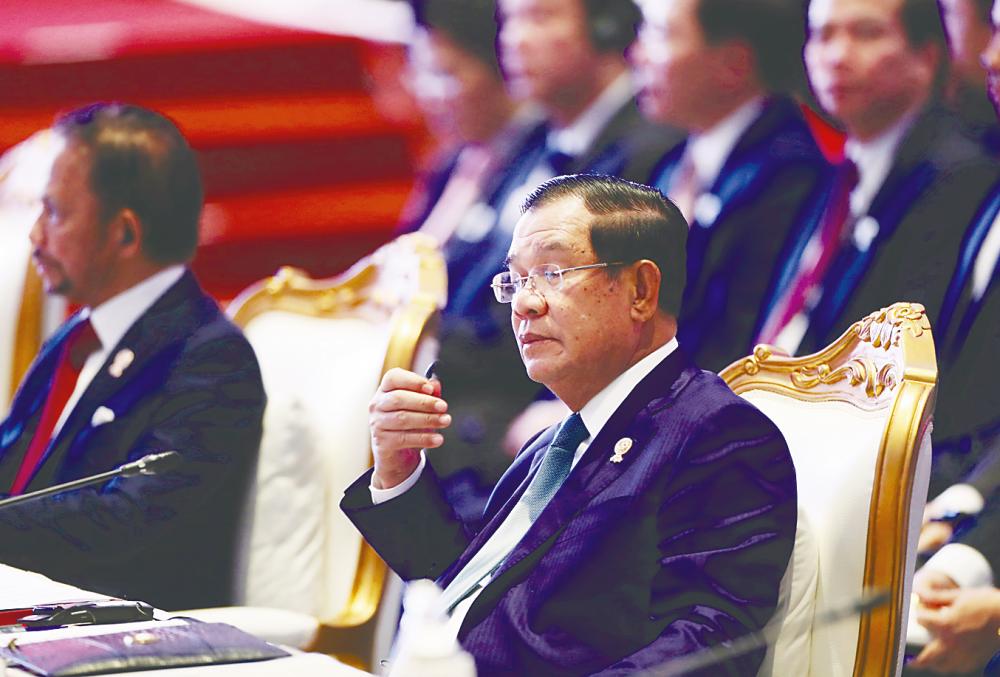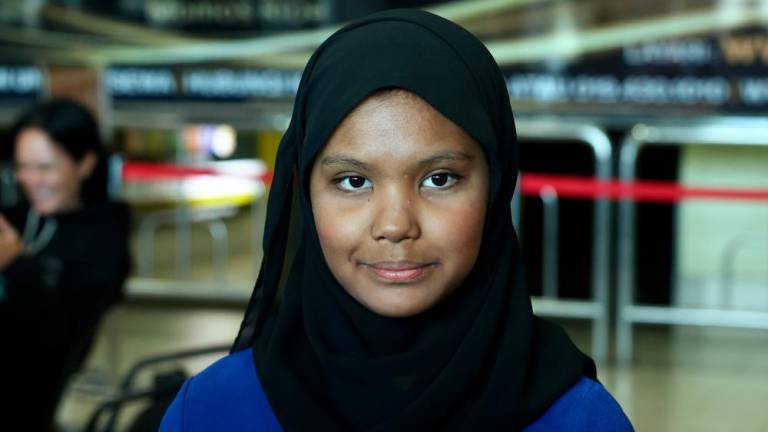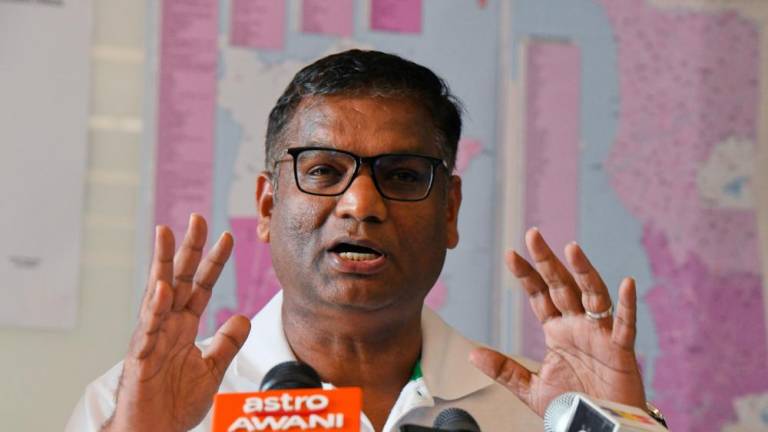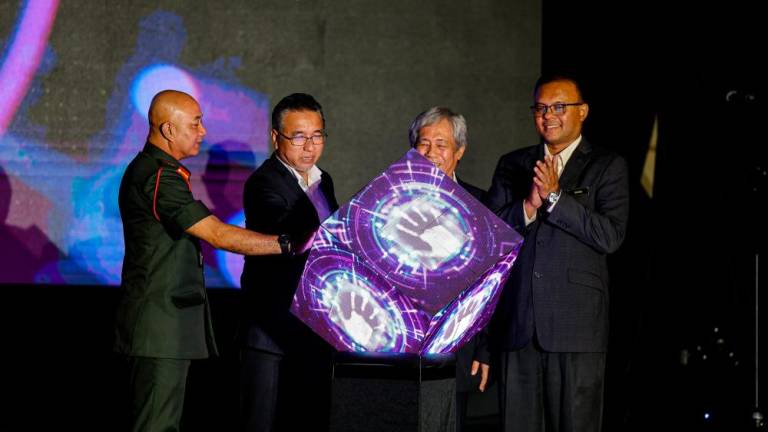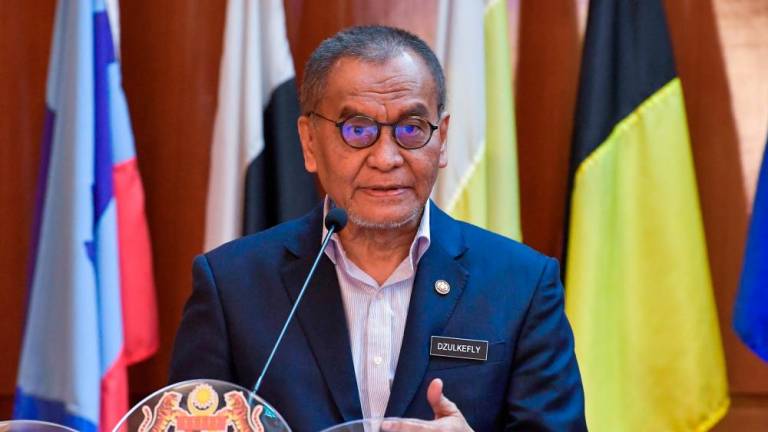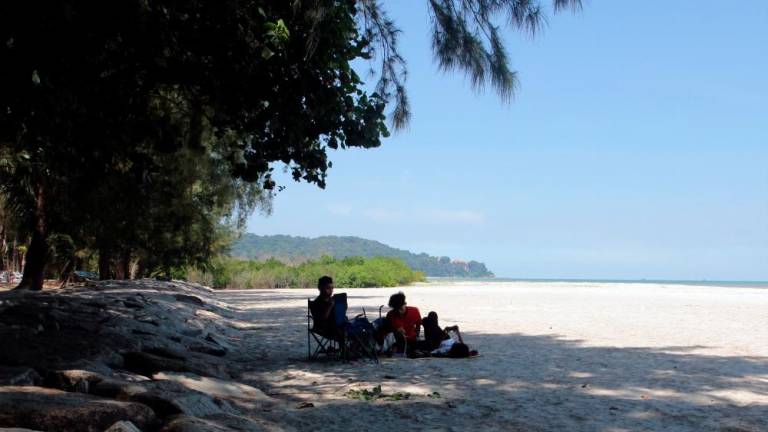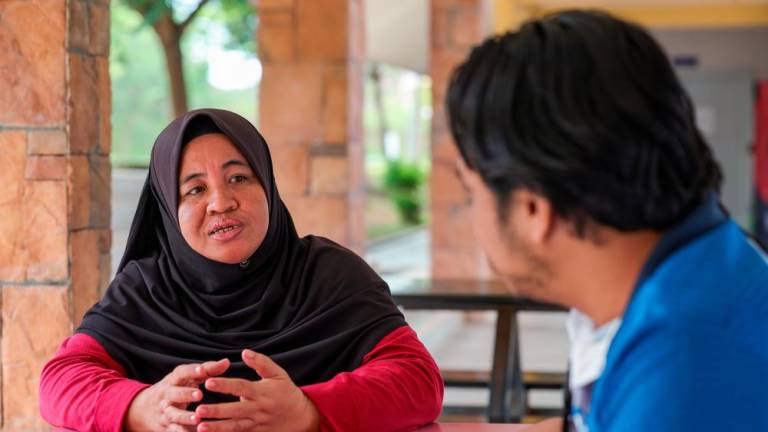THE US and EU are considering withdrawing economic privileges from Cambodia for the way elections were held last year. The ruling party won all seats because the opposition had been crippled. Opposition leaders were disqualified and their party dissolved. By western standards, Cambodia’s election fell far short of democratic norms and the result was unfair at best, illegitimate at worst. Strangely, there was no widespread protest. Instead, there was a palpable sense of relief among ordinary Cambodians when the elections were over.
Economically, the country has been growing steadily at an average of 7.7% a year over the last 20 years making it one of the fastest growing economies in the world. The capital Phnom Penh, increasingly takes on the look of a modern Asian city with five-star hotels, skyscrapers and fine restaurants.
What impresses is the lack of abject poverty. Siem Reap has prospered on tourism to Angkor Wat. Sihanoukville is booming with port facilities. Chinese and Japanese investments are pouring in.
I first visited Cambodia as Singapore’s minister for trade and industry in 1999. On the road to Angkor Wat, my host, Cambodia Commerce Minister Cham Prasidh, pointed out the spot where Prime Minister Hun Sen survived a rocket attack two weeks earlier. Years later, I asked Hun Sen about the attempt on his life. He told me that he knew who had ordered it but did not retaliate because his overarching objective was to achieve peace.
Without political stability, Cambodia could not achieve economic development. Few countries went through the hell it did. In 1970, backed by the US, General Lon Nol led a coup against Prince Sihanouk whom the US felt was impeding its fight against Communism in Vietnam. Without Sihanouk’s balancing act, the country quickly dissolved into civil war.
The anti-Vietnamese Khmer Rouge emerged victorious and captured Phnom Penh in April 1975 before Hanoi took over Saigon the following month. US forces had left South Vietnam two years earlier.
Partly in thrall to a misguided ideological dream to recreate Cambodian society, and partly out of fear that a unified Vietnam would quickly press on Cambodia, the Khmer Rouge evacuated Phnom Penh and embarked on a genocidal cleansing of society. That was Year Zero. There is no minister, no official, no senior army officer, no business leader, in fact, no middle-class Cambodian, who did not have family members and relatives tortured and killed during that period.
Till today, the US government insists on the repayment of a US$150 million loan taken out by the Lon Nol government before allowing the World Bank and IMF to lend money to Cambodia.
As a matter of principle, Hun Sen would rather forgo these loans than repay the US for a loan taken by “traitors” who destroyed the country. The US government takes a different view.
Despite the almost total decimation of its upper layers just a few decades ago, Cambodian society is healing remarkably.
The reason is to be found in the deep roots of Khmer society. The Khmer empire had a long history going back to the first millennium. It was much larger than Cambodia today extending into present–day Thailand, Laos and Vietnam.
It was based on a complex system of water management in the flood plains of the Tonle Sap and Mekong Delta. Tonle Sap Lake is a large water body which expands when the Mekong is in flood and contracts in drier months. Under conditions of peace, the land is abundant which enabled the rise of a great Khmer civilisation.
The temples of Angkor Wat are well-known. Satellite images show Angkor had the biggest pre-industrial urban area in the world in the 11-13th century. Khmer civilisation gave to Thailand its high culture.
It is this sense of historical greatness which explains the rebirth of Cambodia. Cambodian intellectuals who escaped the slaughter of Year Zero, becoming refugees in foreign lands, never forgot who they were and made sure their children did not either. Some refused to take up foreign citizenship.
Many have since come home. Sihanouk’s son, Sihamoni, reluctantly left Paris where he was a happy dancer to return home as king and restore an ancient monarchy. Like many of his countrymen, Sihamoni internalises a profound sense of duty to his people.
When Vietnamese divisions, with the support of the Soviet Union, crossed into Cambodia in 1978 to get rid of the Khmer Rouge regime, many thought, including Singapore PM Lee Kuan Yew, that a Soviet–backed Vietnam would become the new colonial master of Cambodia and the inheritor of French Indochina.
After 10 years, and under coordinated pressure from China, the US and Asean, Vietnam pulled out. Some years later, over competing claims to Preah Vihear temple, Thailand and Cambodia came close to war in 2008.
Battle-hardened Khmer Rouge soldiers on the Cambodian side would have been a match for better Thai forces. Through the good offices of Asean, good sense prevailed and peace was maintained. In recent years, Westerners have worried that Cambodia is becoming too close to an economically expanding China.
When Cambodia blocked the issue of a joint communique by Asean Foreign Ministers on the South China Sea in 2012 and 2016, many felt that it was done to please China.
While it is in Cambodia’s interest to have good relations with China and to encourage Chinese investment in infrastructure and manufacturing, the Cambodian people would never allow Cambodia to be turned into a Chinese surrogate any more than it allowed any other regional or international power to be its master.
The US is worried that the new port and airport development in Sihanoukville financed by China will be turned into Chinese military bases. By welcoming US inspection of the sites, the Cambodian government shows that it has nothing to hide.
When the Mekong was a dividing line between two worlds during the Cold War, Cambodia was an arena fought over by the big powers. As the terrain is mostly flat all the way from Ho Chi Minh City to Bangkok, whoever controlled Cambodia threatened its neighbours.
With peace and the expansion of Asean to include all of Indochina, Cambodia’s economy is benefiting from the growth of tourism, manufacturing and agriculture. The country is becoming a logistics hub, connecting Vietnam to Thailand, and Laos to the sea. No country in Asean wants Southeast Asia to be Balkanised again, least of all, Cambodia.
Against this historical backdrop, it would be a mistake for the US and Europe to take harsh measures against Cambodia. Together with other major powers, the US and Europe contributed to the downward spiral which led to Year Zero. Since then, the US and Europe have rendered significant political and economic assistance which made possible the Cambodia we see today.
US assistance under GSP (general system of preferences) and EU assistance under EBA (everything but arms) will eventually be phased out as Cambodia becomes a lower middle-income country. For these programmes to be terminated prematurely would harm Cambodia and cause the US and Europe to lose goodwill needlessly.
While the US and the EU have every right to express views on political and economic developments in Cambodia, they should not judge the country on the basis of a few snapshots taken in recent years but take a wider view.
Although the UN-sponsored elections in 1993 was an important milestone on Cambodia’s road to democracy, the various factions continued to fight one another.
It was the win-win amnesty proposed by Hun Sen, in furtherance of which he restrained himself from acting against those who wanted him killed, that finally ended the civil war in 1999 and made possible the country’s peace and development.
Cambodia is still a fragile work in process.
We should help the country make progress in the right direction, not make progress harder. From the Western perspective, many countries in Asean do not measure up to its high standards (which were not achieved overnight) but it would be wrong therefore to weaken these countries. It is overwhelmingly in western interest to support an Asean which is non-aligned, friendly and economically vibrant.
George Yeo was Singapore’s Minister for Foreign Affairs from 2004 to 2011. The piece was previously published by Khmer Times.



